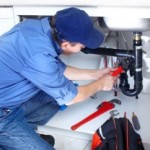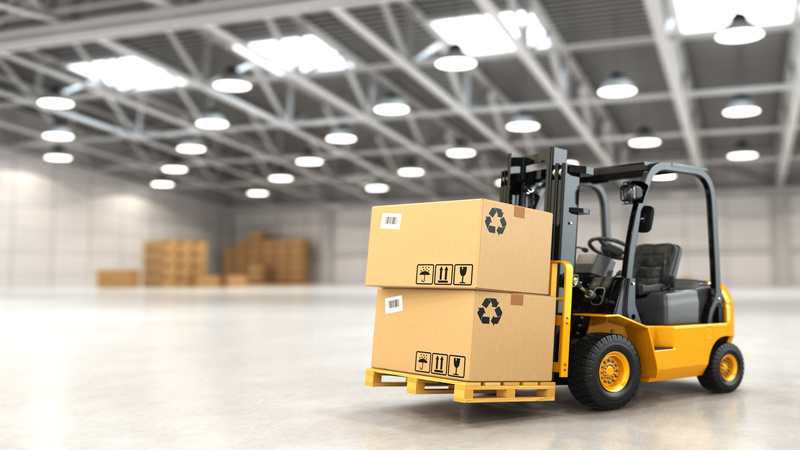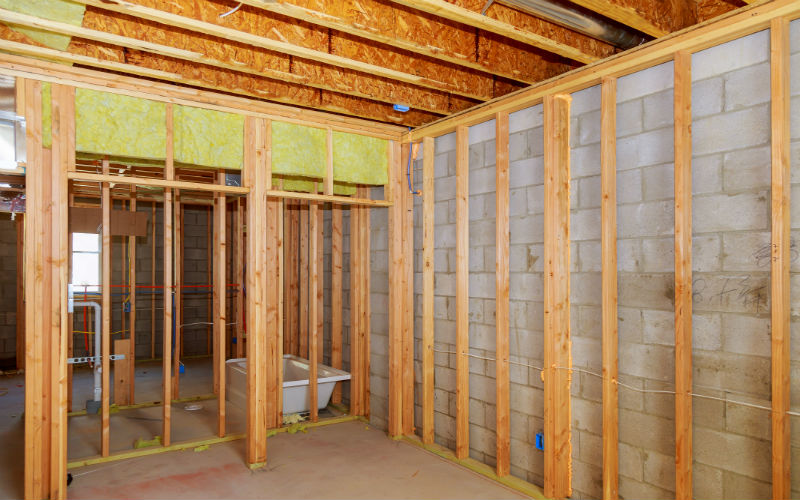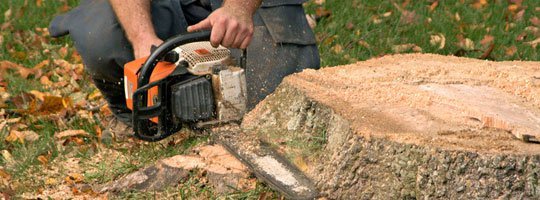3 axis load cells offer solutions to a wide array of force measurement needs, with standard models providing load capacities from 250 pounds all the way up to 100,000 pounds in no less than three orthogonal directions.
3 axis load cells are used in a large range of applications such as suspension force and motorcycle axle measurements, force sensors for the feedback control of test stands, force measurements on the vehicle tire patch and more.
The use of an array of the three axis load cells also makes the measuring of moment loads possible.
3 axis load cells design and manufacture
Every load cell transducer has been machined from a solid steel or aluminum block to help make certain that the load cell is able to maintain superb linearity through the whole of both the positive and negative force range, making hysteresis nearly non-existent.
Crosstalk, which is the term for the sensitivity of a particular channel to extraneous loading or the loading of other channels of measurement, is able to be minimized thanks to the careful placing of strain gauge elements and individual load paths. The result of this is that there is no effect on each axes signal outputs by extraneous loading or loads that have been applied to other axes.
Strain-gauged surfaces all receive the application of weatherproof coating in order to ensure that the load cells will survive regardless of the environment they may experience within automotive or industrial applications.
Measuring forces
Forces and applied moments that a body is subjected to can be calculated by the known geometry separating the load cells when two or more directional load cells are used within a fixturing arrangement.







